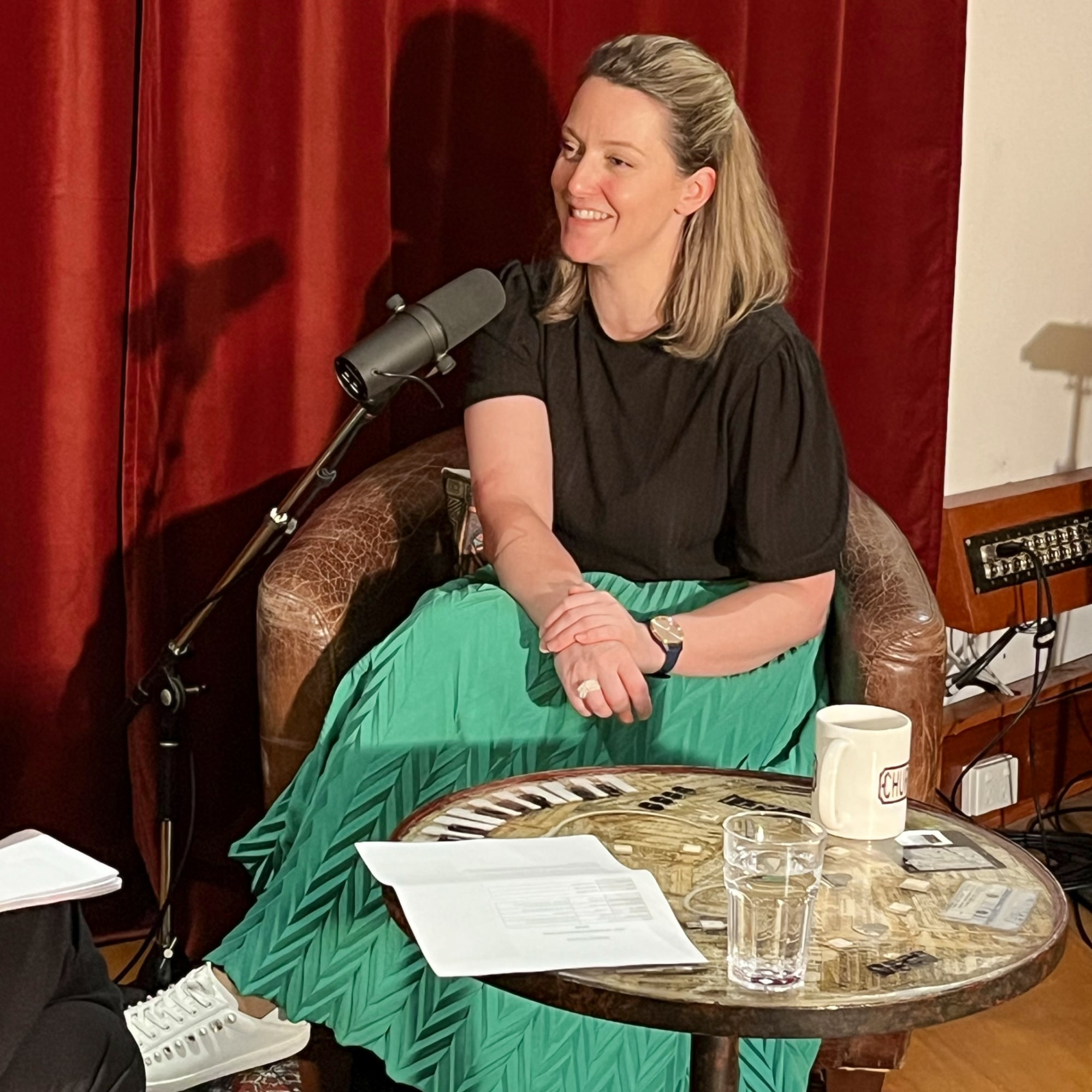Retirement
Government modelling fails to reflect women’s careers
The government’s Retirement Income Review is flawed because it does not reflect how Australian women actually particulate in the workforce, according to research.
Government modelling fails to reflect women’s careers
The government’s Retirement Income Review is flawed because it does not reflect how Australian women actually particulate in the workforce, according to research.

Two-decade-long research by Household, Income and Labour Dynamics in Australia (HILDA) found that three in four women are unlikely to work 40 years in a row, despite the government’s superannuation review counting on full participation from the workforce.
Instead, women are projected to work 30.1 years out of 40, with the bottom fifth a 5 per cent chance of working for the full 40 years.
According to Industry Super Australia’s (ISA) deputy chief executive, Matt Linden, the modelling based on the wrong assumption will have real-life ramifications for members who will not save enough for retirement.
“This would be a terrible outcome as a more realistic working life pattern shows the current super rate is not adequate for most women to fund a secure retirement,” he said.

Separate research released by ISA found that these gaps in working is leading to men having $282 billion more than women in their super funds, with women retiring with 36 per ent less in super than men.
According to the superannuation trustee, lifting the rate to 12 per cent as legislated is a vital tool to lift women’s savings – with more women than men likely to receive the super rate increase.
ISA pointed to the super balance gender gap, which begins to expand when a woman hits her 30s, increasing from just under 7 per cent in their late 20s to almost 35 per cent once a woman reaches her late 40s.
“It is time we bridge the gender gap in super. More women than men are likely to receive a super guarantee increase, so lifting the rate is a crucial part of the solution,” said ISA’s strategic engagement director, Gemma Pinnell.
The ISA also said the $450 threshold balance – when super is not paid to employees who earn less than $450 a month – is holding women back as more women than men work in part-time occupations.
“Until we fix inequities in the super system, like the outdated $450 threshold, we will continue to see women retiring with balances that are persistently lower than men,” Ms Pinnell concluded.
About the author

About the author


Superannuation
Aware Super takes on Australia's gender retirement gap, aiming for financial equality
Aware Super, one of Australia's largest superannuation funds with a 70 per cent female membership, is on a mission to close the gender gap that sees women retire with 30 per cent less super than men ...Read more

Superannuation
Age Pension increase prompts Australians to review their finances
The increase in the Age Pension, which takes effect today, should serve as a prompt for many older Australians to ensure they're maximizing their income as cost-of-living pressures persist, according ...Read more

Superannuation
Retirement reimagined as Australian optimism meets inflation worries in 2023 super fund insights
The latest reports on retirement confidence among Australians present a spectrum of sentiments, with fresh data revealing surprising optimism in some quarters while exposing underlying concerns in ...Read more

Superannuation
Aussie retirees face a shortfall as ideal retirement nest egg doubles what super will deliver
As Australians look towards retirement, the desired superannuation balance that many believe will ensure a comfortable retirement has significantly outpaced what they are on track to actually save. Read more

Superannuation
Super funds eye 6.5% return in 2023, despite a rocky start
As the year draws closer to its climax, Chant West unveils its projection for super funds in what can only be described as a year of economic ebbs and flows. Read more

Superannuation
A deep dive into Australia’s superannuation system
Australia has a robust retirement savings system known as superannuation designed to provide financial security to Australians in their post-work years. Read more

Superannuation
50,000 super fund members impacted by data breach
Around 50,000 member records were impacted by the breach that took place earlier this month. Read more

Superannuation
Two super funds tipped to reach $1tn by 2040
KPMG has released the findings from a new review. Read more

Superannuation
Aware Super takes on Australia's gender retirement gap, aiming for financial equality
Aware Super, one of Australia's largest superannuation funds with a 70 per cent female membership, is on a mission to close the gender gap that sees women retire with 30 per cent less super than men ...Read more

Superannuation
Age Pension increase prompts Australians to review their finances
The increase in the Age Pension, which takes effect today, should serve as a prompt for many older Australians to ensure they're maximizing their income as cost-of-living pressures persist, according ...Read more

Superannuation
Retirement reimagined as Australian optimism meets inflation worries in 2023 super fund insights
The latest reports on retirement confidence among Australians present a spectrum of sentiments, with fresh data revealing surprising optimism in some quarters while exposing underlying concerns in ...Read more

Superannuation
Aussie retirees face a shortfall as ideal retirement nest egg doubles what super will deliver
As Australians look towards retirement, the desired superannuation balance that many believe will ensure a comfortable retirement has significantly outpaced what they are on track to actually save. Read more

Superannuation
Super funds eye 6.5% return in 2023, despite a rocky start
As the year draws closer to its climax, Chant West unveils its projection for super funds in what can only be described as a year of economic ebbs and flows. Read more

Superannuation
A deep dive into Australia’s superannuation system
Australia has a robust retirement savings system known as superannuation designed to provide financial security to Australians in their post-work years. Read more

Superannuation
50,000 super fund members impacted by data breach
Around 50,000 member records were impacted by the breach that took place earlier this month. Read more

Superannuation
Two super funds tipped to reach $1tn by 2040
KPMG has released the findings from a new review. Read more






